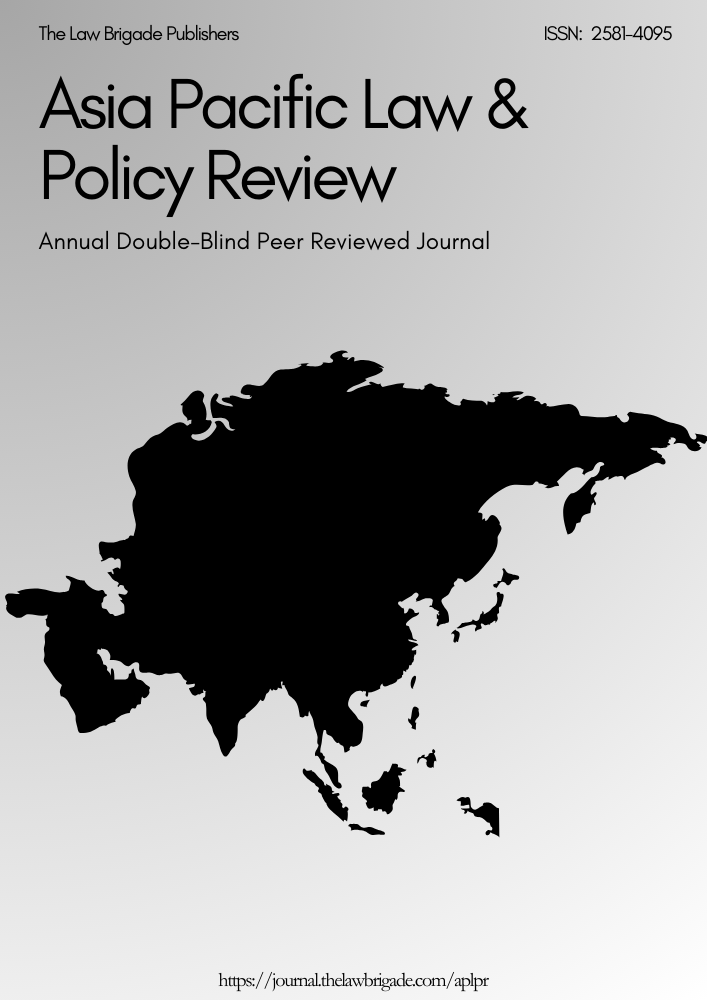LEGISLATIVE GAP IN THE DETENTION SCHEME OF RELEASED BANGLADESHI PRISONERS
Keywords:
bangladesh, international crisis, south aisaAbstract
India, which shares a border with Bangladesh, longer than that with China running through Indian states of West Bengal, Assam, Meghalaya, Tripura and Mizoram, has to deal with far reaching bilateral issues with it on its illegal immigrants into India which has reshaped the demography of India’s border areas significantly jolting the ethnic balance, electoral regularity and employment opportunities for its nationals. The porousness of the Indo-Bangladesh border, which runs through jungles, hills, villages, paddy and jute fields as also along small rivers, cause difficulty in monitoring more so as it is almost possible to distinguish a Bangladeshi from his Indian counterpart. Illegal and immoral acts such as arms smuggling, drug trafficking and those of women and children go on unabated owing to the permeable border. This fragile border allows militants with bases in Bangladesh to cross over for subversive acts and then easily flee back to their safe haven. As India’s suggestion of joint patrol along the border to rein in this menace did not meet the approval of Bangladesh, India was compelled to tackle this problem itself to strike down illegal immigration. The illegal infiltration from Bangladeshi into India can be assigned to the social, economic and political factors – density of population and object poverty are the root cause for such infiltration.
Downloads
Downloads
Published
Issue
Section
License

This work is licensed under a Creative Commons Attribution-NonCommercial-ShareAlike 4.0 International License.
License Terms
Ownership and Licensing:
Authors of research papers submitted to any journal published by The Law Brigade Publishers retain the copyright of their work while granting the journal specific rights. Authors maintain ownership of the copyright and grant the journal the right of first publication. Simultaneously, authors agree to license their research papers under the Creative Commons Attribution-ShareAlike 4.0 International (CC BY-SA 4.0) License.
License Permissions:
Under the CC BY-SA 4.0 License, others are permitted to share and adapt the work, even for commercial purposes, provided that appropriate attribution is given to the authors, and acknowledgment is made of the initial publication by The Law Brigade Publishers. This license encourages the broad dissemination and reuse of research papers while ensuring that the original work is properly credited.
Additional Distribution Arrangements:
Authors are free to enter into separate, non-exclusive contractual arrangements for distributing the published version of the work (e.g., posting it to institutional repositories or publishing it in books), provided that the original publication by The Law Brigade Publishers is acknowledged.
Online Posting:
Authors are encouraged to share their work online (e.g., in institutional repositories or on personal websites) both prior to submission and after publication. This practice can facilitate productive exchanges and increase the visibility and citation of the work.
Responsibility and Liability:
Authors are responsible for ensuring that their submitted research papers do not infringe on the copyright, privacy, or other rights of third parties. The Law Brigade Publishers disclaims any liability for any copyright infringement or violation of third-party rights within the submitted research papers.


